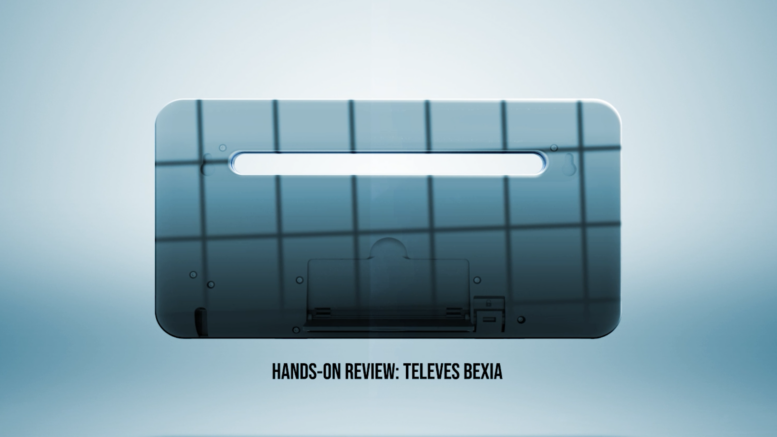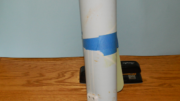Televes’ premium indoor antenna is called the Bexia. Now, right off the bat I want to tell you that I don’t come up with these names. I don’t know why it’s called that. My only guess is that Televes, like other international companies, has to come up with product names that work in many languages and don’t accidentally offend the locals. But really, the Bexia name shouldn’t put you off. The real question is whether or not this antenna is worth the price.
A premium antenna for indoor users
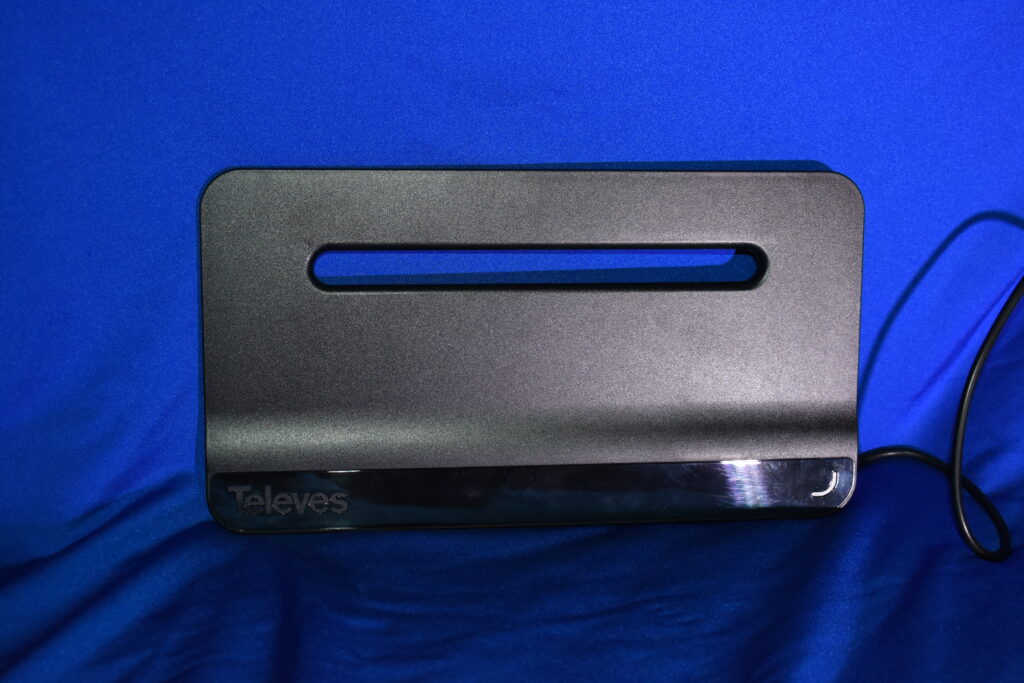
The Bexia certainly looks the part. It’s made of high-grade plastic with a piano black bottom that made it extremely hard to photograph. It’s small, too — not much bigger than an 8.5×11 sheet of paper.
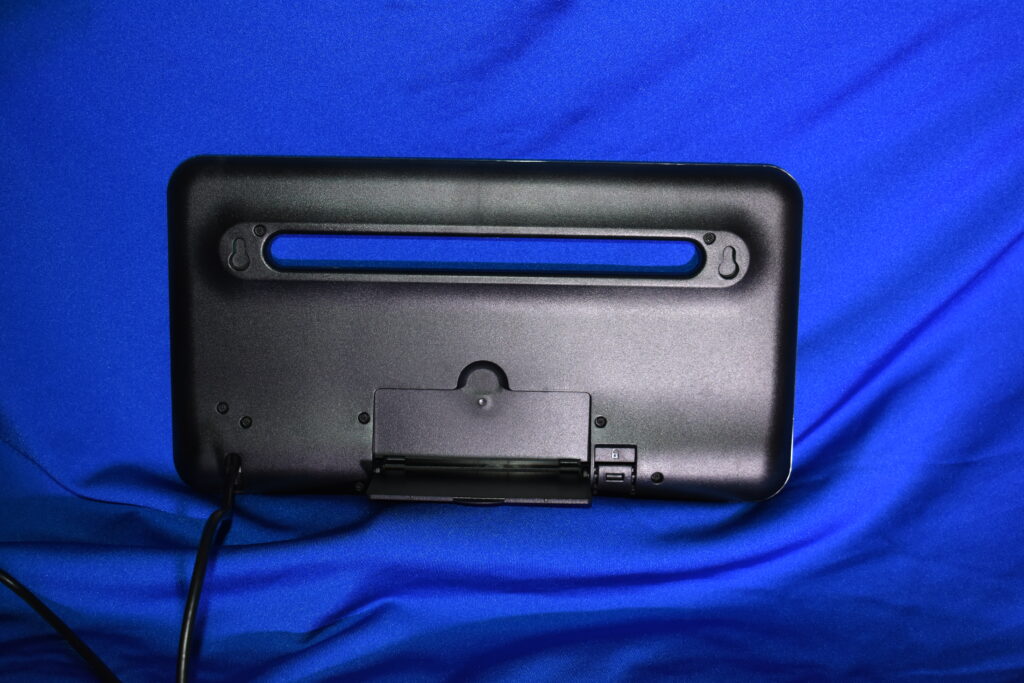
On the back you get several mounting options. If you have a wall that faces the right way, you can mount the Bexia with its keyhole slots. There’s also a fold-down stand that helps it stand up on any horizontal surface. The base looks thin but it’s very strong and clicks into place so it’s not likely to fold back up by mistake.
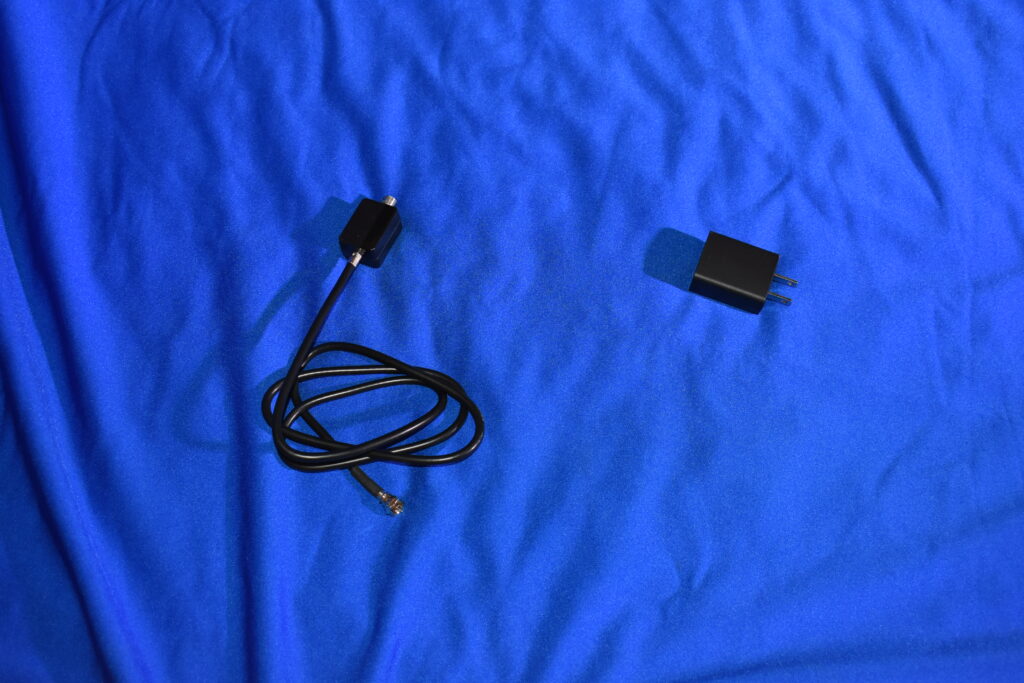
You also get a small power injector and 5V power supply. There’s a MicroUSB cable, not pictured. I wish Televes would get on using USB-C but you won’t be plugging it in and unplugging it so the MicroUSB connection will only annoy you once.
You don’t have to use the power injector if you choose to power the antenna from your TV’s USB port. It works just fine that way and frankly that’s a cleaner install option in my opinion.
Let’s talk cost for a second
I don’t usually consider cost when reviewing antennas, but this antenna is quite a bit more than you would spend for the average indoor antenna. It’s more than many outdoor antennas, which makes this a bit of a niche product. It’s going to appeal to people who really want good reception but can’t or won’t put an antenna outside.
With a high-level price tag, this antenna will have to justify its existence. Our HD-BLADE series has done very well in testing and it’s a lot less expensive. On the other hand, I’ve been working with the folks at Televes for many years now and they have never failed to impress me with the quality of their products.
The proof is in the testing. As always, I tested this antenna in our Southern California lab, 60 miles away from the towers. Here’s an article I did some time ago about how I test antennas. I don’t have a complete top-notch lab so I do try to test all the antennas in a consistent, real-world way. While I test all the other antennas outdoors, I did test this one indoors, pointed in the direction of the towers with only one wall between the antenna and the outside.
The results
I tested VHF-High and UHF performance. This antenna doesn’t claim to do VHF-Low, and at its size I would not expect it to do it very well anyway.
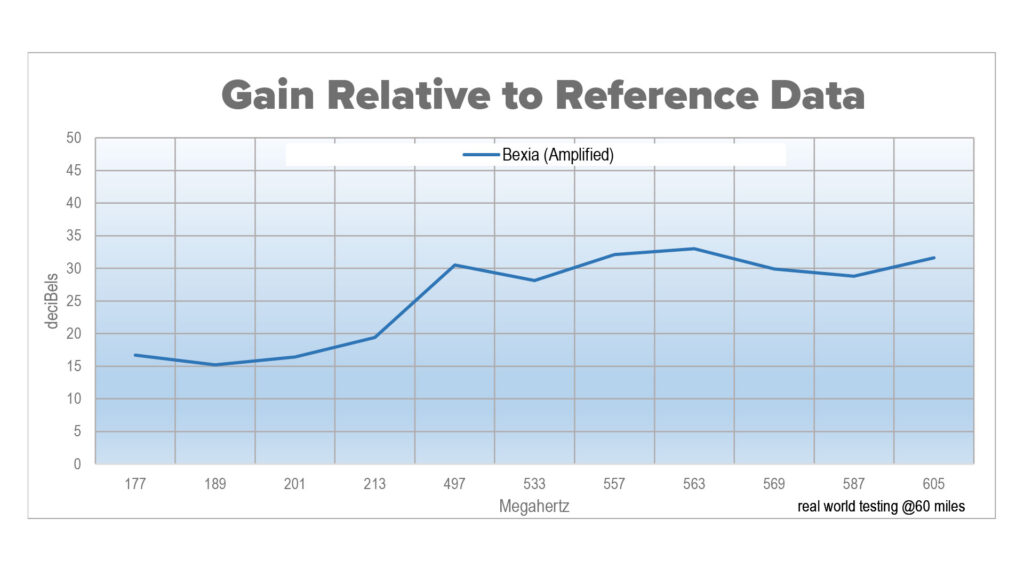
Amplified antennas tend to have really good gain compared to my reference (unamplified) data. So, the real thing to see here is the consistency. There’s a typical slope here, where the antenna’s amp is clearly doing less in the lower end and more in the higher end. That means this may not be the best antenna for you if you need VHF-high, but it does provide some benefit.

Here’s where the Bexia really shines. It provided excellent SNR throughout the entire frequency range. It’s surprisingly strong in VHF-High and the low end of UHF, and continues the high quality throughout the UHF range. It wasn’t terribly effective in my testing in the mid-20s channels, where it wasn’t able to lock onto anything on several channels. However, that may be a consequence of this local area and it may not apply to what you are doing.
Conclusion
I was really surprised by what the Bexia was able to pull off. It’s a high-quality antenna that should give you great performance for years. If you plan to keep with an indoor antenna for a long time, the cost of entry shouldn’t really bother you. It’s going to be a great performer, far more than you would think from its small size. Here’s a short video review I did that goes into more detail:
Shop now for the Bexia antenna, or if you have questions call us at 888-233-7563 or fill out the form below.

